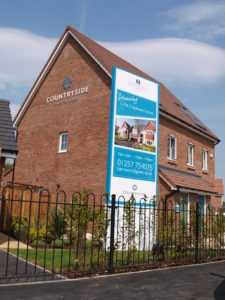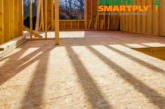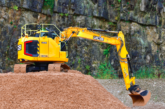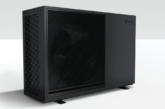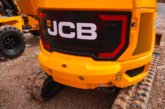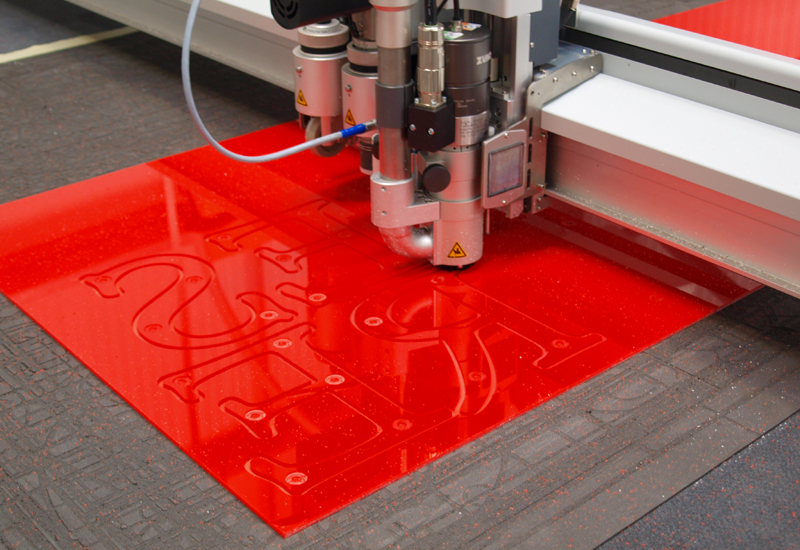
PHPD chatted with MD of Sign Build, Mark Cowin, about the importance of signange on a new development and how the latest technology is developing all of the time.
Q. What are the popular types of signage for new developments?
Signage for housebuilders is continuing to develop and grow but it’s a common occurrence to keep sites traditional.
Panel and post signs are one of the most popular signage solutions due to their simplicity of design. It’s a classic sign concept that has stood the test of time and it’s extremely popular with housebuilders today.
Other traditional signage options that prove popular are hoardings, flags and flagpoles, fence mounted panels and wall mounted acrylic. More recently, we have seen the traditional signage being combined with a more modern look and design.
At Sign Build, our approach is to combine the traditional and 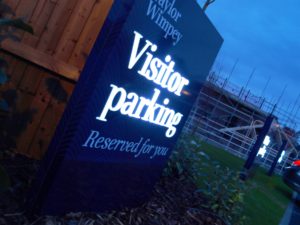 contemporary but to also define the most appropriate look for each individual development appropriate for the target demographic.
contemporary but to also define the most appropriate look for each individual development appropriate for the target demographic.
We also offer a modern and more contemporary approach when it comes to signage which is being used by housebuilders, such as illuminated monolith signage and illuminated way finding signage.
The monolith is an impressive sign which comes with folded panels and no visible joints. With the ability to be internally lit the monolith has the ability to make an impact during the day and also at night. Illuminating images within a sign help to highlight the development location or local places of interest to aid reinforcement of the developments location.
Other modern and contemporary approaches include introducing different levels and shapes to traditional hoarding runs, bringing in 3D elements into the signage panels and curving and shaping of sign panels.
Q. How can you help ensure signs convey the messages required by the sales teams with whom you work?
Once in receipt of the customer enquiry our first step is to perform a full site survey and establish signage locations, orientations, shapes and dimensions. We establish ground type and generate our Risk Assessments and Method Statements relevant to the project.
Following the results of the survey, our art working department draw up each individual piece of signage required by the customer and advised by our surveyor. These artwork proofs are then sent to our customer to amend and approve.
Once approved the works are produced in-house at Sign Build and fitted by our own installation and maintenance teams.
Q. What are the latest technologies you integrate into your signs?
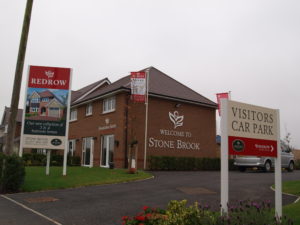 Our production processes are industry leading and we utilise the very latest print and cutting technologies.
Our production processes are industry leading and we utilise the very latest print and cutting technologies.
Being able to create shapes, folds and direct to substrate printing we can take a customers’ development away from the traditional panel and post look and bring lighting and a three dimensional view of signage.
We have been working on a tagging system on each sign that allows a customer to collect information on the development as a whole, or a particular property type. The lead generation from this technology is excellent and the management information relating to enquiry volume and enquiry type is useful at a management level. This feature is relatively inexpensive, but does require the customer to link to this type of technology.
Our future development focus will be delivering signage that provides verbal information. The price point of this is high at presence, as the technology is new, but hopefully in time this can be made available at a price point palatable to the industry.
Q. How do you ensure signs are secure and well placed?
We have independently created foundation calculations for all our ground based signage and these take into consideration differing ground types and wind exposure rates. Should any customer requirement fall outside our current set of calculations then we will have the foundation specifications formulated. This gives us credibility and supports the health and safety aspect of the works.
In terms of location of signage, this aspect is addressed on survey and takes into account the requirements of the customer.
Q. What are the benefits of incorporating illuminated signage?
Housebuilding is an increasingly competitive industry and developing and protecting a brand is a serious matter. If you present your brand on any development in a careless and thoughtless way, then the association drawn from a potential purchaser is obvious – ‘is the attention to detail in the build the same as the attention to detail in the signage?’.
Introducing more progressive and style based signage conveys a more thoughtful and a greater desire to woo a potential purchaser. Illuminated signage draws attention to specific detail, or information and therefore shows consideration for a development visitor – it just looks like you are making an effort and an association to build quality will naturally follow.
Illuminating signage differentiates your brand and sets you apart from a competitor; how you present a development can give you the edge.
Q. Can you also produce banners and flags for developments?
We can produce anything from a banner to a beanbag, from a flag to a full site fit-out. Sign Build control all the elements of external and internal signage. We are proud to say that we design, manufacture, install and maintain.
Q. What kind of signs are at the cutting edge of the industry and how do you think signs will develop in the future?
I have mentioned previous signage providing information to individuals, by either connecting to a link via the sign, or by the sign giving spoken information.
A book was developed recently which just had pictures on each page. As you turn the page, the page became a loud speaker and explained the story behind the images displayed. I can think of a number of uses for that!
I can see signage becoming touch screen, particularly inside a marketing suite. Giving detailed information about a development, current sales offers and individual house type on offer will definitely happen.

